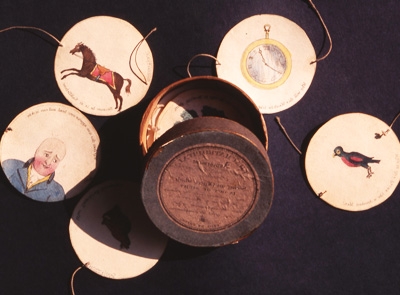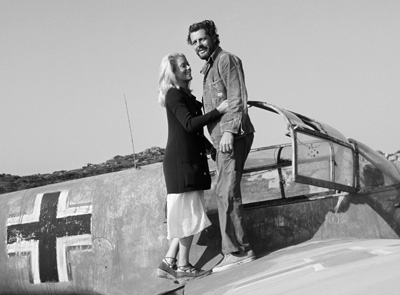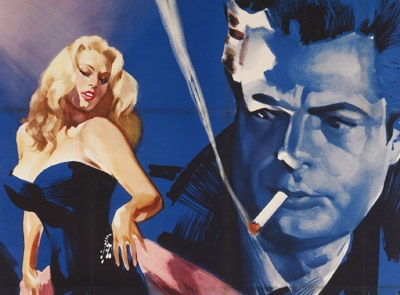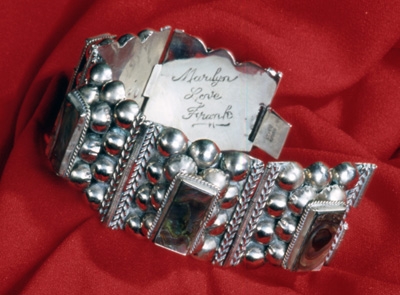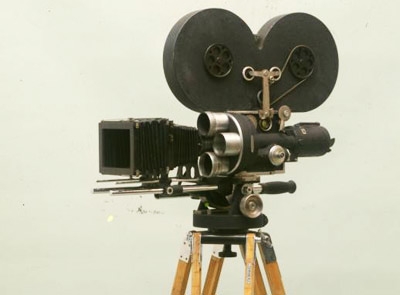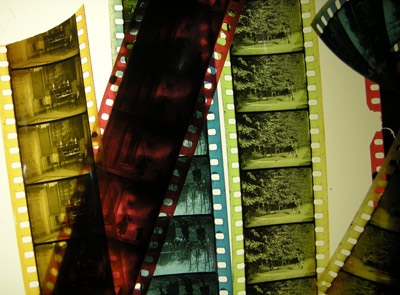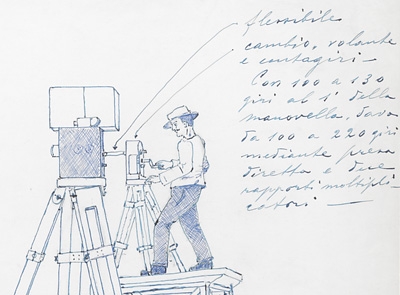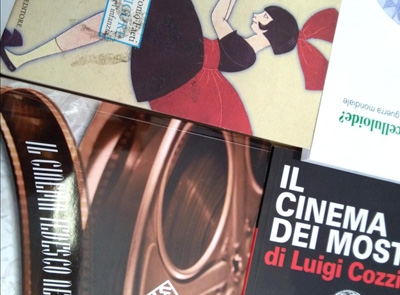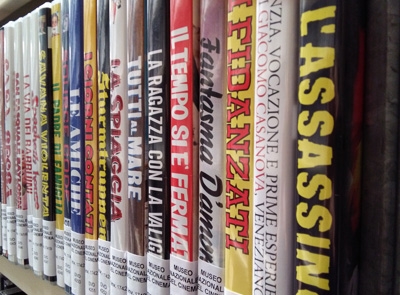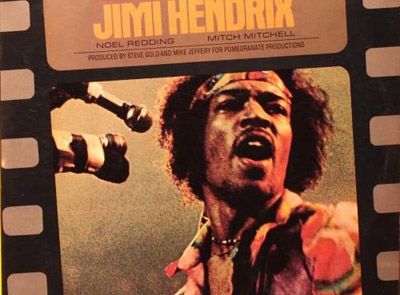This rich heritage includes about 3,250,000 works including films, archival documents, photographs, equipment and objects of art, posters, movie memorabilia, books and sound recordings, in a collection considered among the most valuable in the world. Three main themes are documented: the archaeology of cinema, photography and history of cinema.
The collections in numbers:
- 2,500,000 photographs
- 540,000 posters and advertising materials
- 5,600 periodicals
- 34,100 movies on film
- 53,000 movies on other formats
- 66,250 books
- 19,500 archival documents and dossiers
- 14,000 devices, art objects and prints
- 12,500 equipments
- 9,500 movie memorabilia
- 4,700 records
Since its creation, the National Museum of Cinema has been committed to inventorising and cataloguing its numerous items. Part of this heritage can be accessed online.
-
The Archaeology of Cinema collection tells us about the spectacular universe that entertained audiences of all ages and social classes before the birth of the cinema: so many different stories that gave rise to a colourful, surprising and eccentric world reproduced through Chinese shadows, optical boxes, magic lanterns...
-
This rich collection that traces back through the history of cinema and the art of photography consists of over 1,500,000 images. Historical photographs offer a wide panorama of the production in Italy from 1840 to 1940 and documents the work of top photographers...
-
The collection amounts to about 535,000 items ranging from posters, playbills, various promotional materials produced for film launches. It documents the history of cinema and poster art, from silent films to the most recent productions.
-
The collection features a wide variety of materials: costumes, sets and pre-production objects, sketches for set designs and costumes, animation drawings on acetate, masks and models documenting the various stages of film processing and production.
-
The collection recounts a story with very broad boundaries: on the one hand it portrays the more technical side of filming, on the other hand it also touches on the history of sound reproduction and especially that of photography to which a large section is devoted
-
The Museum’s film collection, a rare and precious heritage, started in 1942 when Maria Adriana Prolo bought the first film for 30 liras. Today it has more than 30,000 films, representative of the most diverse eras and filmographies, from Giovanni Pastrone to Werner Herzog.
-
The Historical Archives preserve thousands of documents that bear witness to the life and activities of Italian and foreign silent and sound cinema companies, directors, screenwriters, actors and technicians.
-
A documentation centre on cinema and photography among the most prestigious in Europe for its size and the variety of its collections, a point of reference for the study of the history of cinema, archaeology of cinema and photography.
-
The Video Archive offers the public the opportunity of choosing from thousands of films, from Hollywood’s classics to masterpieces of Italian cinema...
-
The Museum owns a rich collection of around 3,000 records connected to cinema in several ways, from the heavy 78 rpm to the more classic 33 and 45 rpm. Through the soundtracks of hundreds of films, signed by great composers, one can explore the history of music for movies, but not only.
-
The history of cinema and video games is full of mutual influences. The two forms of entertainment have, over time, borrowed characters, settings, atmospheres, great stories from each other...


